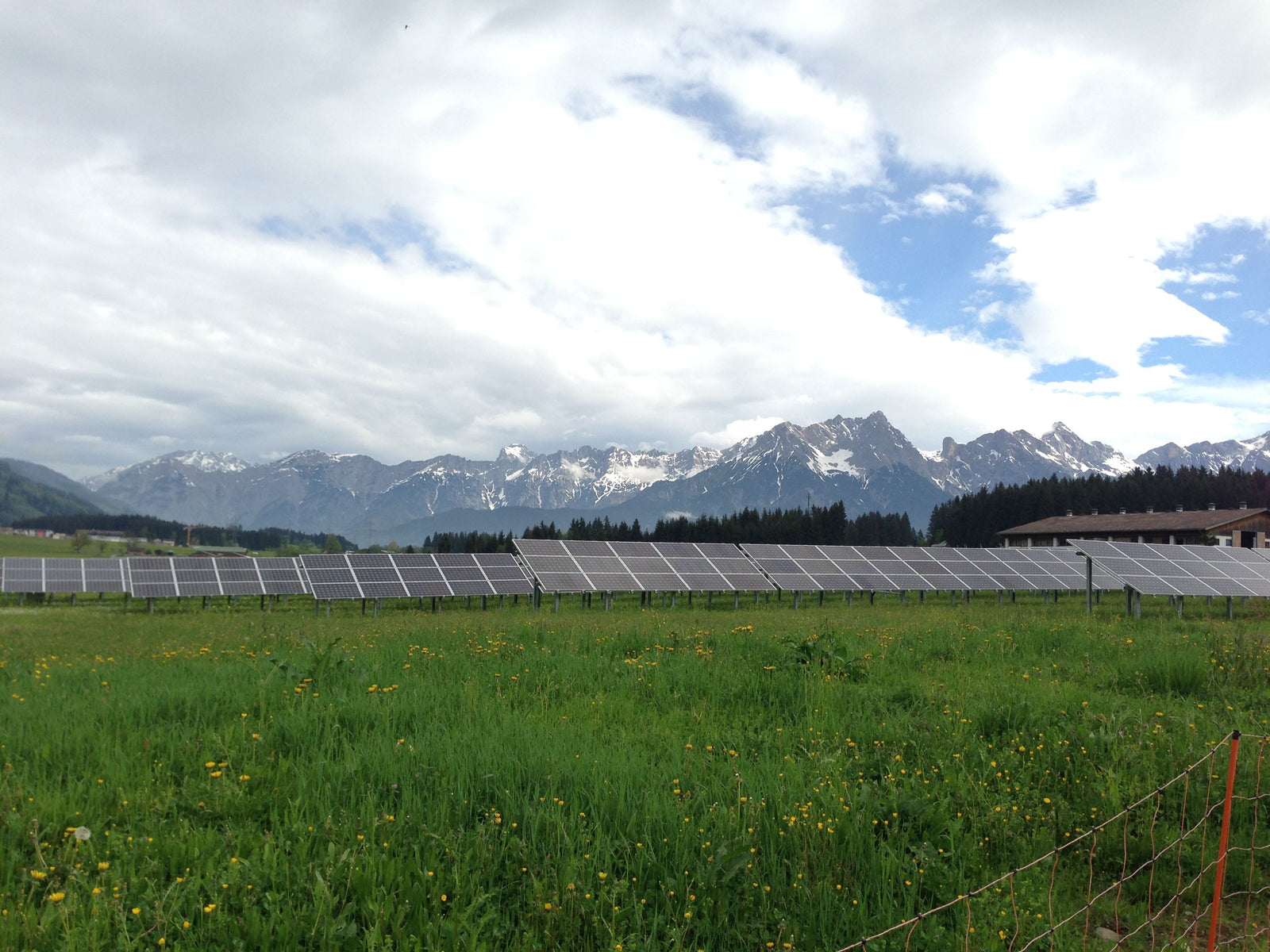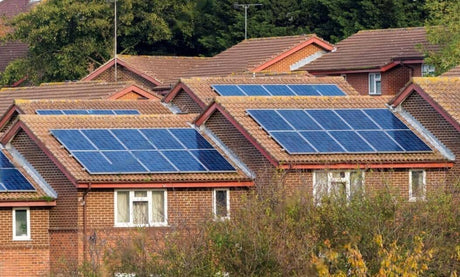Most of us have a fair idea of what solar power is, but few of us understand how solar power works.
While the many different benefits of solar energy are widely known in the UK, the complexities of solar power generation aren't common knowledge. If you're thinking of joining the clean energy movement and switching to solar, it's good to have some basic solar power knowledge.
There are many good reasons to learn more about solar energy and make the switch. Sunlight is a renewable energy source, and there are almost no carbon emissions associated with the creation of solar panels. Solar energy is one of the most eco-friendly power options currently available and more accessible to the average homeowner than other renewable energy options.
Solar power is also more affordable than grid energy, with set-up being the primary cost. And, solar energy costs are fixed! Unlike grid energy, the cost of sunlight will always be free, but grid energy costs will continue to rise.
You don't need to live in the sunniest climates to make use of solar power. Over 900,000 British homes have already made the switch and had solar PV panels installed. Read on to learn how solar power generation works.
How do Solar Panels Work?
Solar power harnesses the energy of sunlight and turns it into a usable resource to power electronics, appliances, and even vehicles. Currently, there are two main solar energy technologies, concentrating solar-thermal power (CSP) and photovoltaics (PV). Photovoltaics technology is used in solar panels and is the science behind most commercial and residential solar power installations.
Solar panels work by allowing tiny particles of light (known as photons) to knock electrons free from atoms, generating electricity. Solar power is created when sunlight hits a solar panel, and the sun's energy is absorbed by PV cells inside the panel.
Sunlight is the key ingredient to successful power generation. So before installing a solar panel system, you should consider four major factors that affect solar panel performance: shade, tilt, seasonality, and azimuth.
Photovoltaics Basics
Photovoltaics (also known as PV) convert sunlight (photons) to energy/electricity (voltage); this process is called the photovoltaic effect. A single photovoltaic (PV) device is known as a PV cell. Each of these small PV cells can produce about one or two watts of power.
What are Solar Panels Made of?
Solar panels, as we know them, are composed of smaller units called photovoltaic cells (PV cells). The primary component material of these PV cells is usually crystalline silicon wafers.
Silicon is often used in semiconductors and is the primary material in around 95% of all solar panels.
Solar cells made from silicon may be called monocrystalline cells, which use silicon that has been crystallized into a single crystal. In today’s market, monocrystalline solar panels have higher efficiencies than other materials.
While silicon solar panels are high performing, silicon is an expensive material, so other materials may also be used. Home solar systems may be built from similar materials, such as indium, copper, gallium, and selenide (CIGS). The remaining solar panels may use more experimental or upcoming technologies, such as organic photovoltaic cells.
To weatherproof the PV cell technology for outdoor use, other materials are used as casing, usually a combination of glass and plastics.There will be a layer of PV cells within each solar panel, encased in a metal frame and a glass casing. The cells and casing are all surrounded by a particular film, and the necessary wiring to connect the system.
How Does a Solar Panel Generate Power?
To generate solar power, you need sunlight to activate the technology of your solar panels. Groups of panels are placed together for maximum effect and known as "solar arrays". You will see these solar arrays installed on rooftops or freestanding in large outdoor spaces.
Solar power can only be generated during the daytime when the sun is shining. The more panels you have in your solar array and the more sunlight hours you have, the more energy you can produce.
During the day, when the sun is shining, you can generate power. When the sunlight's photons hit a solar panel, they get absorbed by the semiconducting silicon material within the panel.
As sunlight gets absorbed into the panels, the electrons separate from the atoms and move around inside the solar cell. Electrons flow in one direction, moving around a circuit. The movement of these electrons generates direct current (or DC) electricity.
Many household electronics and appliances use alternating current, or AC, so most solar systems require solar inverters to convert the DC energy produced by solar panels into the more appliance-friendly AC.
What's the difference between solar PV panels and solar thermal panels?
Solar rays are an amazing power source that two different technologies can currently utlise. Solar photovoltaics (solar PV), which we have already explained, and a second technology called solar thermal systems. Solar thermal panels are far less common, so you're less likely to install this technology at home.
Solar PV and solar thermal systems have different working principles. Solar PV uses the photovoltaic effect, where photons impact a surface made of semiconducting material, which enables the release of an electron. But solar thermal uses sunlight energy to heat a fluid, which can be either water or another fluid such as oil, air, etc.
Solar thermal systems are less sophisticated than solar PV but can be useful in some applications. For example, solar thermal systems heat fluids that can run a steam engine, gas turbine, or similar systems.
Solar thermal systems' main residential use is water heating, and they can be a good off-grid solution to provide hot water all year round, even in remote areas with cool climates. Solar thermal systems can also be used for space heating, more common in European countries like Sweden.
This solar power solution is less common in the UK than solar panels, as most solar thermal systems cannot produce enough hot water to meet typical household demand. It's estimated that the average UK solar thermal system can cover around 40%-60% of a household's total hot water consumption throughout the year.
The energy produced by both a solar thermal system and solar PV can be transferred to the grid once converted to AC.
Make the switch
Understanding the science behind solar power generation can help you assess whether it's a good solution for your household, and which technology to use.
In most cases, solar panels are the more effective choice for homeowners compared to a solar thermal system. Today's photovoltaic technology can efficiently capture the power of the sun to run a household with limited environmental impact. This renewable energy technology can play a significant role in reducing your carbon footprint, not to mention your electric bill!










